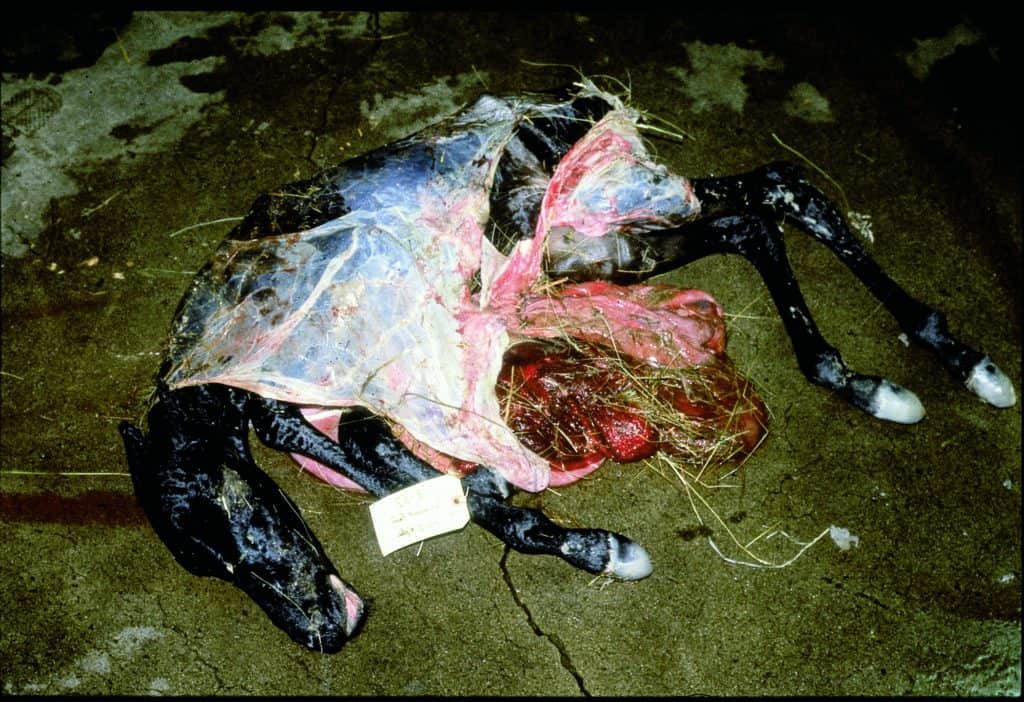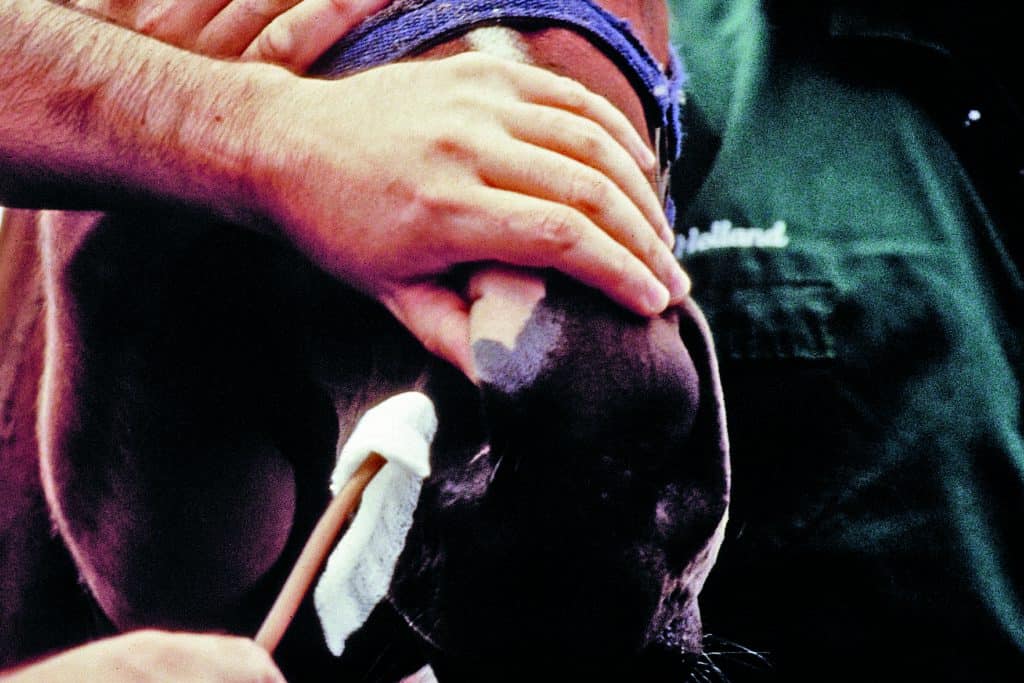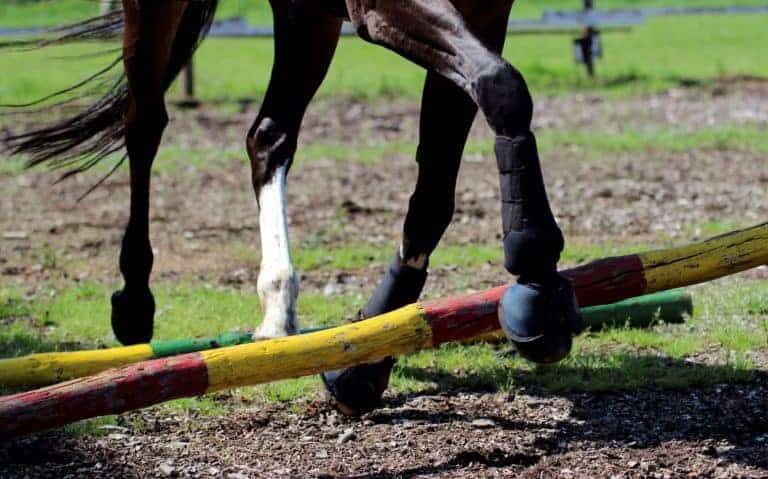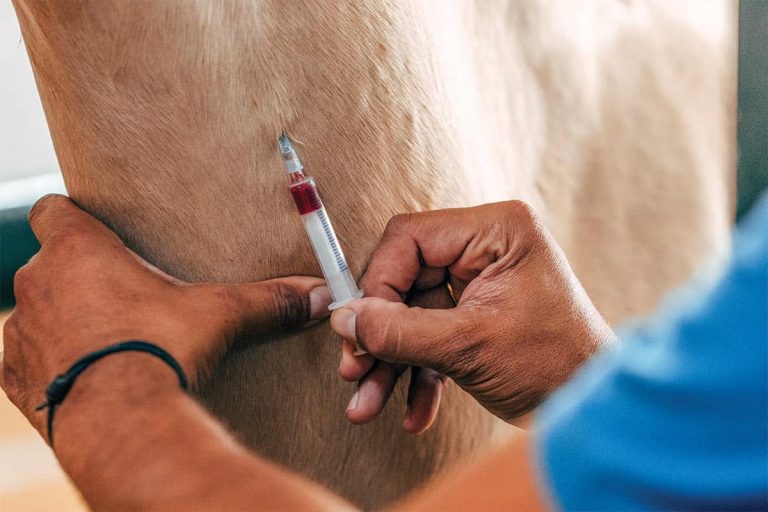First Biopsied Vitrified Embryo Foal Born
The world’s first foal from a biopsied and vitrified embryo transferred into a surrogate mare was born Jan. 27, 2010, at Minitube International Center for Biotechnology in Mount Horeb, Wisc. The procedure used to create the filly provides ho



















